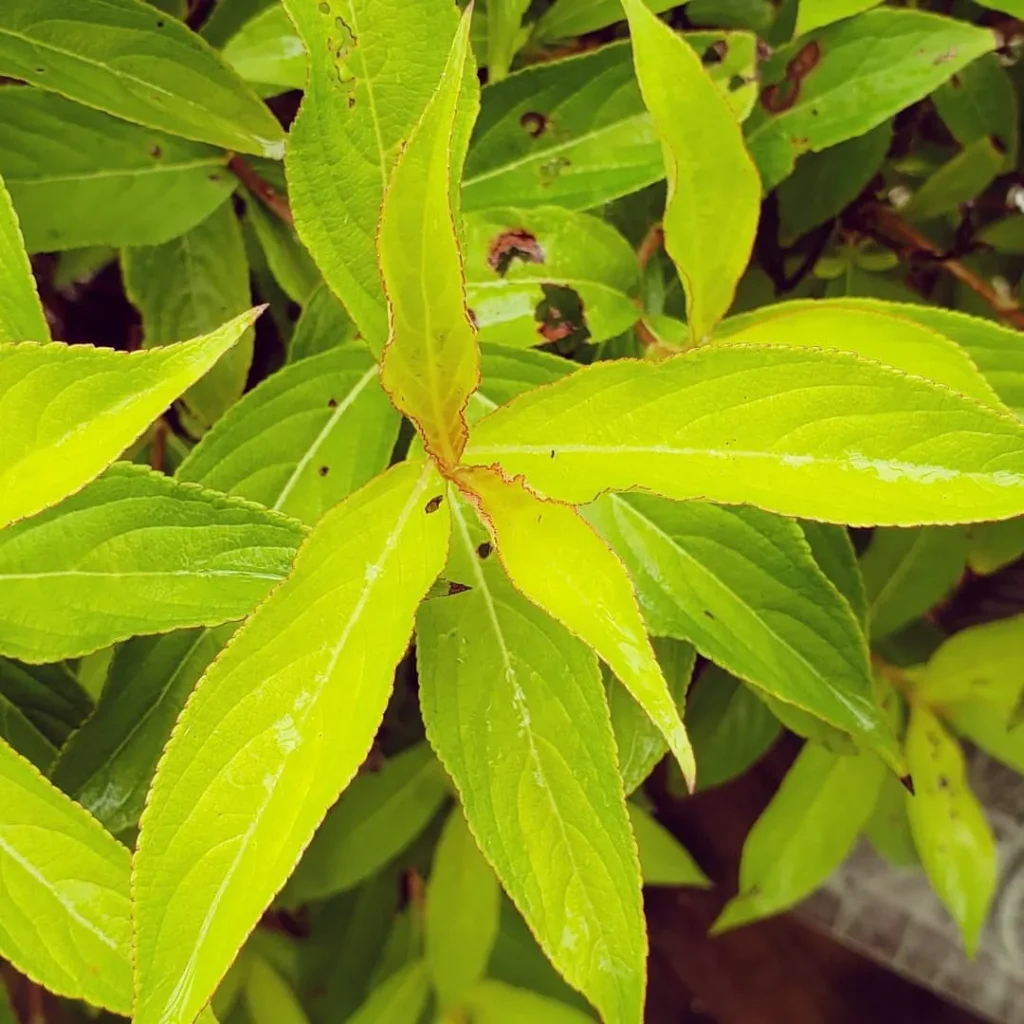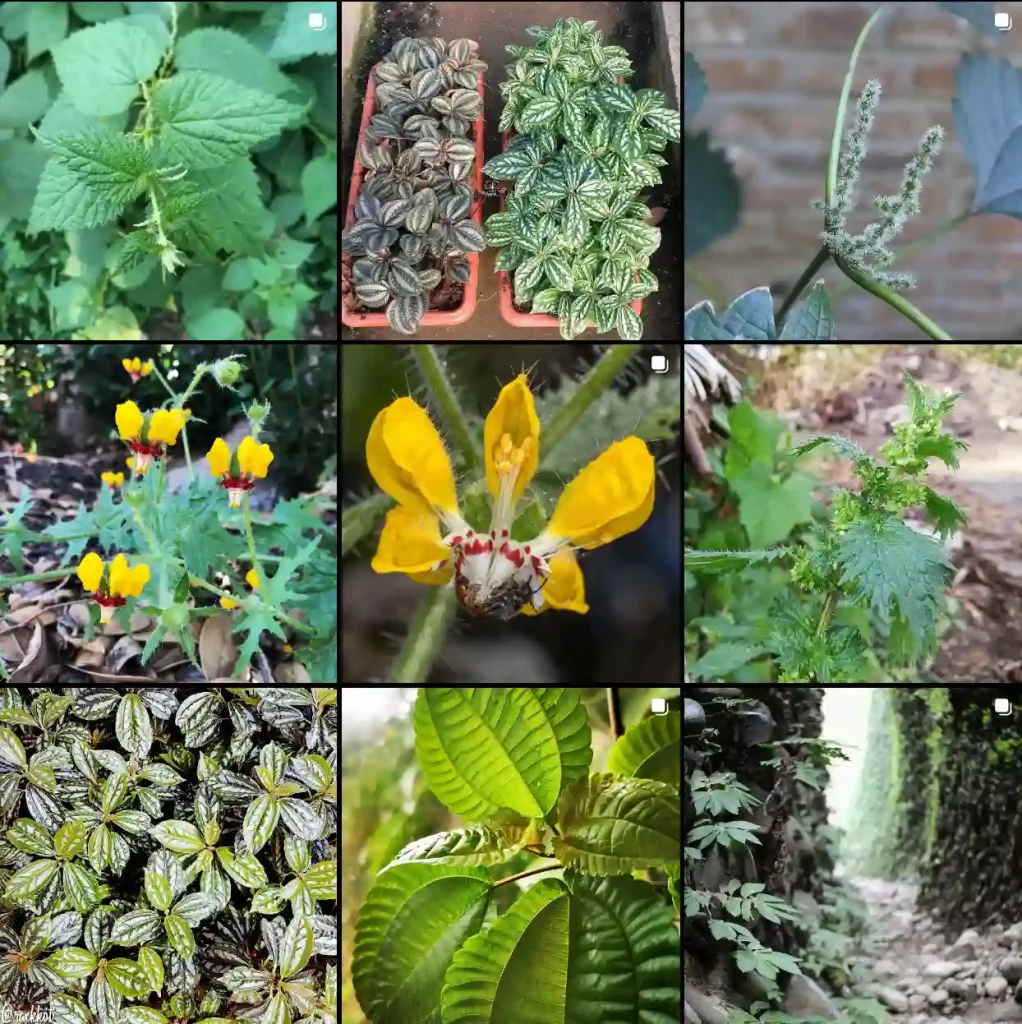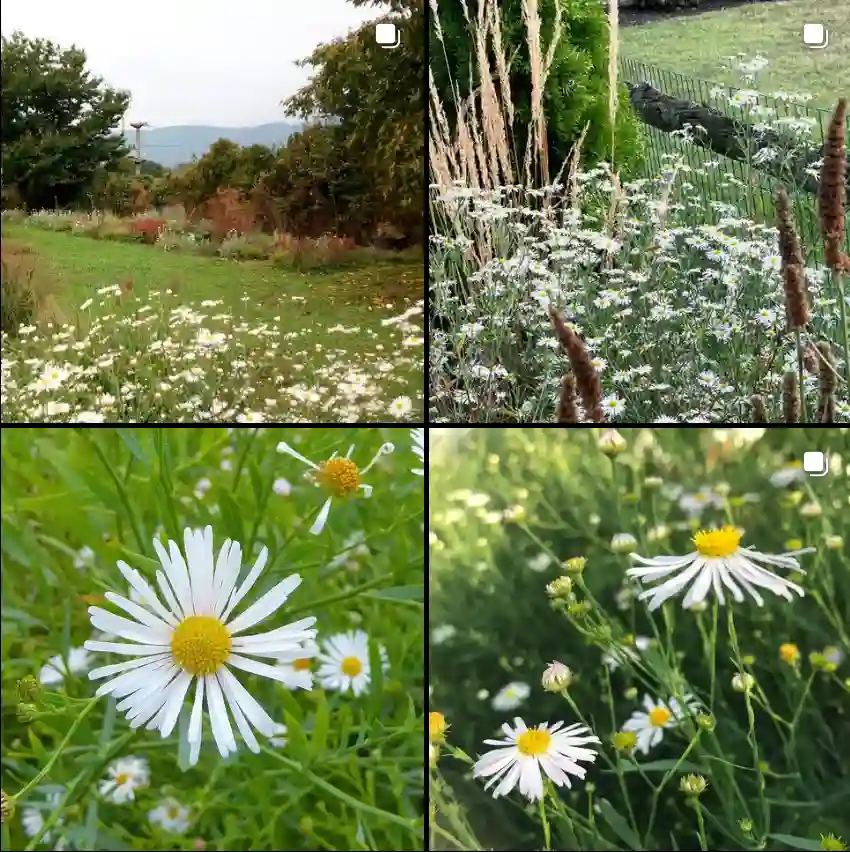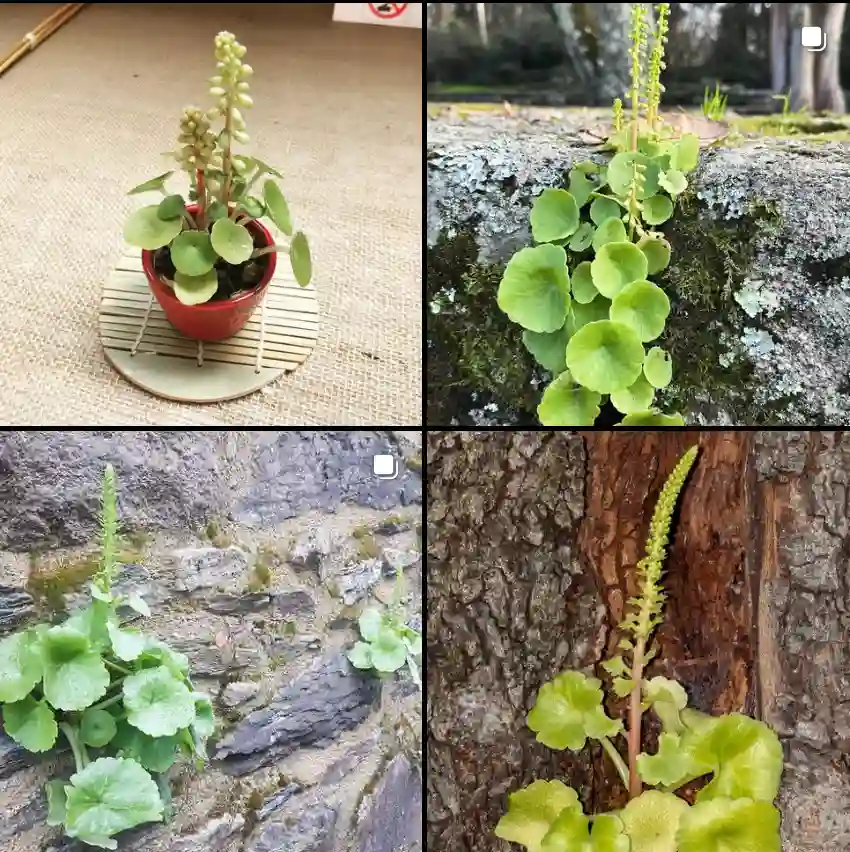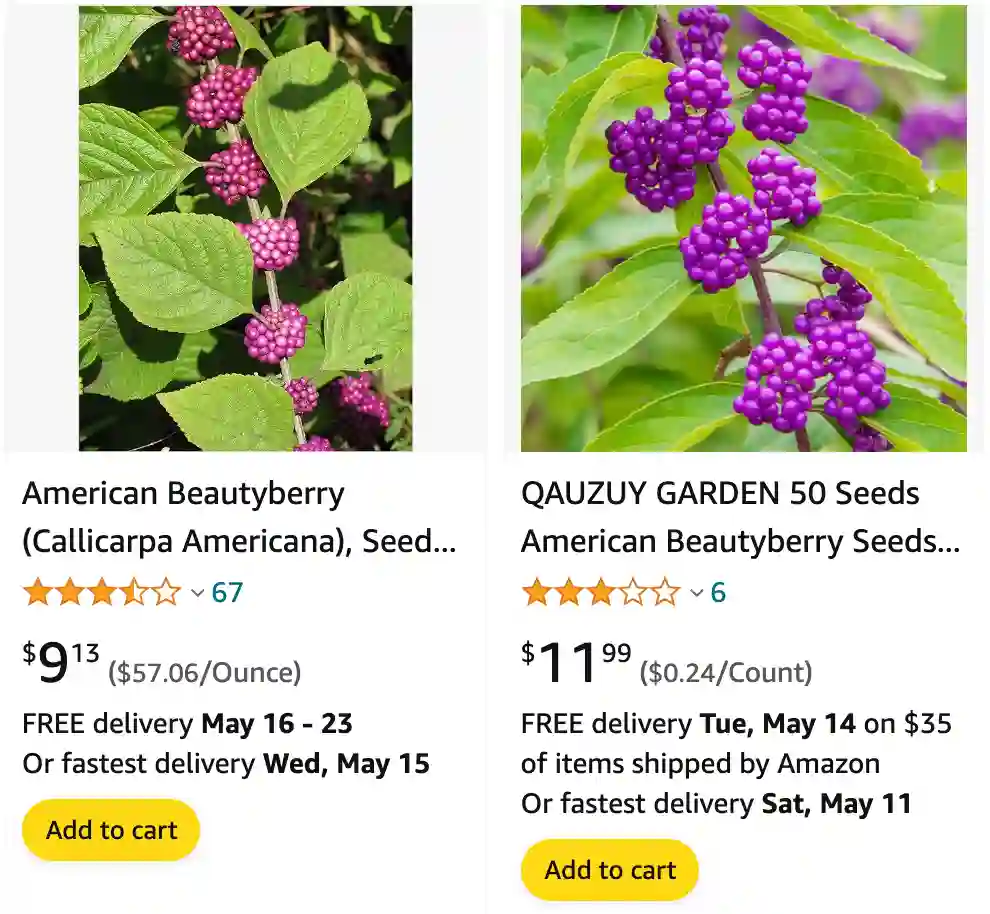
What is beautyberry?
Beautyberry bushes are these amazing things I discovered a few years ago while visiting a friend’s house down south. They were these sprawling shrubs covered in these beautiful clusters of bright purple berries. They looked almost fake at first, like something out of a decoration catalog. But my friend assured me they were real, and even better, they were native! That totally won me over – there’s something special about having a plant that belongs right where it’s growing.
164 Species in Genus Callicarpa
American Beautyberry vs Japanese Beautyberry
I’ve grown both American and Japanese beautyberries in my garden, and each has its charm. The American variety (Callicarpa americana) has larger, more vibrant berries that really stand out in the fall. They’re a favorite for birds like mockingbirds and cardinals. Japanese beautyberry (Callicarpa japonica) has smaller berries but tends to be more compact and ornamental, with delicate foliage that turns a lovely shade of yellow in autumn.
Asian Beautyberry vs American Beautyberry
Between Asian (Callicarpa dichotoma) and American beautyberries, I find the Asian variety to be a bit showier in terms of berry color—usually a bright purple that contrasts beautifully with its green leaves. It’s less common in my area, but it’s a striking addition to the garden when you can find it.
Beautyberry vs Pokeweed
Beautyberries are a lot easier to manage than pokeweed. Pokeweed (Phytolacca americana) can grow like a weed and gets quite tall, while beautyberries stay compact and are easier to prune and shape in a garden setting.
Coralberry vs Beautyberry
I’ve found coralberry (Symphoricarpos orbiculatus) and beautyberry to be quite similar in terms of their berry clusters, but coralberry tends to have smaller berries that are more of a translucent pinkish-red color. Both are excellent for attracting birds, but coralberry’s berries seem to persist longer into the winter.
Pearl Glam Beautyberry vs American Beautyberry
Pearl Glam (Callicarpa x ‘NCCX2’) is a newer hybrid I’ve recently planted. Its berries are a deeper purple than the American variety, and the foliage has a more refined, almost glossy appearance. It’s a bit more compact, which makes it great for smaller spaces.
Can you eat beautyberries?
Yes, you can eat beautyberries, but they’re quite tart and a bit astringent. They’re more commonly used in jams, jellies, and wines rather than eaten raw.
How to propagate beautyberry?
I’ve successfully propagated beautyberries from softwood cuttings taken in early summer. They root easily in moist, well-draining soil under partial shade.
When to plant beautyberry?
Fall is the best time to plant beautyberry, as it allows the roots to establish before the stress of summer heat.
When to prune beautyberry?
I prune my beautyberry in late winter or early spring before new growth starts. This helps maintain its shape and encourages more vibrant berry production.
Is beautyberry poisonous?
No, beautyberries are not poisonous to humans or pets. However, they’re generally not consumed raw due to their tartness.
Do birds eat beautyberry?
Yes, birds love beautyberries! They’re attracted to the bright berries, especially in late summer and fall when other food sources may be scarce.
Do deer eat beautyberry?
Deer will occasionally browse on beautyberry, especially in areas with high deer populations. However, they tend to prefer other plants if given the choice.
How to make beautyberry jelly?
To make beautyberry jelly, I simmer the berries with sugar and a bit of lemon juice, strain out the seeds, and then cook the juice with pectin until it sets. It has a unique sweet-tart flavor that pairs well with toast or cheese.
What does beautyberry jelly taste like?
Beautyberry jelly has a tangy, slightly sweet flavor with floral undertones. It’s refreshing and unique compared to other fruit jellies.
Is beautyberry invasive?
No, beautyberry is not considered invasive. It’s a native plant in many regions and plays a beneficial role in local ecosystems.
When does beautyberry leaf out?
Beautyberry typically leafs out in late spring, after the last frost has passed. The new leaves have a fresh green color that complements the berries well.
Can beautyberry grow in shade?
Yes, beautyberry can tolerate partial shade, but it tends to produce more berries in full sun. In shadier spots, the foliage may be more sparse and the berry production less abundant.
Does beautyberry repel mosquitoes?
Some people believe that crushed beautyberry leaves can repel mosquitoes due to compounds they contain. However, its effectiveness can vary.
How big does a beautyberry bush get?
Beautyberry bushes can reach heights of 4 to 6 feet and spread to about the same width, depending on the variety and growing conditions.
How to grow beautyberry?
Beautyberry thrives in well-drained soil with regular moisture. Plant it in a sunny location for best berry production and prune as needed to maintain its shape.
How to harvest beautyberry?
I harvest beautyberries by gently clipping the berry clusters with scissors or pruning shears once they’ve turned a deep purple color in late summer or early fall.
How to make beautyberry jam?
Beautyberry jam is similar to jelly but includes crushed berries rather than just their juice. I cook them down with sugar and lemon juice until they thicken into a spreadable consistency.
How to make beautyberry wine?
I haven’t personally made beautyberry wine yet, but the process involves fermenting the berries with sugar and yeast, similar to making other fruit wines. It’s said to have a unique flavor profile that’s worth trying out.
If i die, water my plants!
